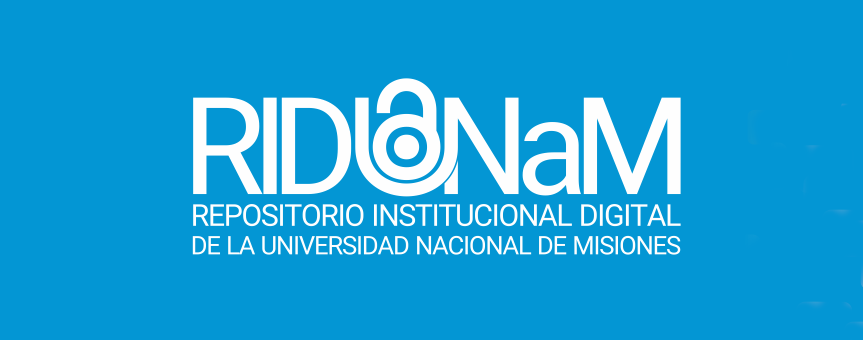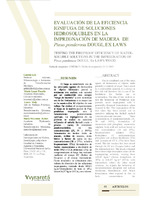Evaluación de la eficiencia ignifuga de soluciones hidrosolubles en la impregnación de madera de Pinus ponderosa Dougl. Ex Laws
Testing the fireproof efficiency of wáter-soluble solutions in the impregnation of Pinus ponderosa Dougl.Ex Laws Wood
Date
2015-12-01Author
Keil, Gabriel Darío
Tonello, María Laura
Maly, Laura E.
Refort, María Mercedes
Metadata
Show full item recordAbstract
El fuego es considerado uno de los principales agentes de destrucción de objetos fabricados parcial o totalmente con madera; este material por ser combustible crea siempre “riesgo de incendio” y esto constituye una de las limitaciones a su mayor uso en la construcción. El objetivo de este trabajo fue evaluar el comportamiento al fuego de la madera juvenil de Pino ponderosa impregnada con 8 formulaciones potencialmente ignífugas. La impregnación de las probetas se realizó en autoclave utilizando el método Bethell (vacío – presión – vacío). Se ensayaron: paraformaldehído en tres concentraciones (25, 50 y 100%); formulación de fosfato ácido de amonio, sulfato de amonio, ácido bórico y borato de sodio en dos concentraciones (10 y 15%); solución biopreservante (5%); formulación de fosfato monoamónico y decaborato de sodio (8%) y CCA comercial (2%). El comportamiento al fuego fue evaluado mediante el ensayo OI (Índice de Oxígeno) y el ensayo Intermitente. Como resultados se obtuvieron altos valores de absorción de las soluciones impregnantes, variando desde 448,01 kg.m-³(formulación de boro al 10%) hasta 636,87 kg.m-³(CCA), con valores intermedios para las otras soluciones ensayadas. En cuanto a su comportamiento al fuego, las formulaciones de fosfato monoamónico y decaborato de sodio y las compuestas de boro, en ambas concentraciones, proporcionaron a la madera juvenil de Pino ponderosa una capacidad ignífuga eficiente, de acuerdo al ensayo realizado, calificandolo como un material autoextinguible; mientras que las tres soluciones de paraformaldehído, el CCA y el biopreservante no proporcionaron propiedades retardantes de llama sobre la madera de Pino ponderosa. Fire is considered one of the main agents of destruction of objects made partially or entirely of wood. Since wood is a combustible material, it is always at fire risk and therefore this is one of the limitations for further use in construction. The aim of this work is to test the behaviour of Ponderosa pine juvenile wood impregnated with 8 potentially fireproof formulations when exposed to fire. The impregnation of the test tubes has been carried out in autoclave utilizing the Bethell method (vaccum-pressure-vaccum). Three concentrations of paraformaldehyde (25, 50 and 100%), formulation of ammonium acid phosphate, ammonium sulphate, boric acid and sodium borate in two concentrations (10 and 15%), biopreservative solution (5%), formulation of monoammonium phosphate and sodium decaborato (8%) and commercial CCA (2%) have been tested. The fire reaction has been tested through the OI test (Oxygen Index) and the Intermittent test. The results obtained have shown high absorption values of the impregnating solutions, varying from 448,01 kg.m-³ (boron formulation at 10%) to 636,87 kg.m-³ (CCA) with intermediate values for other tested solutions. As regards the behaviour of monoammonium phosphate and sodium decaborato formulations and boron formulations when exposed to fire, in both concentrations the have provided Ponderosa pine juvenile wood capacity, thus making it self-extinguishing. The three solutions of paraformaldehyde, the CCA and the biopreservative solution have not provided the Ponderosa pine wood with flame retardant properties.
URI
https://hdl.handle.net/20.500.12219/2687http://www.yvyrareta.com.ar/index.php/component/k2/item/26-eva-eficiencia
Collections
- Revista Yvyraretá [360]
The following license files are associated with this item:




